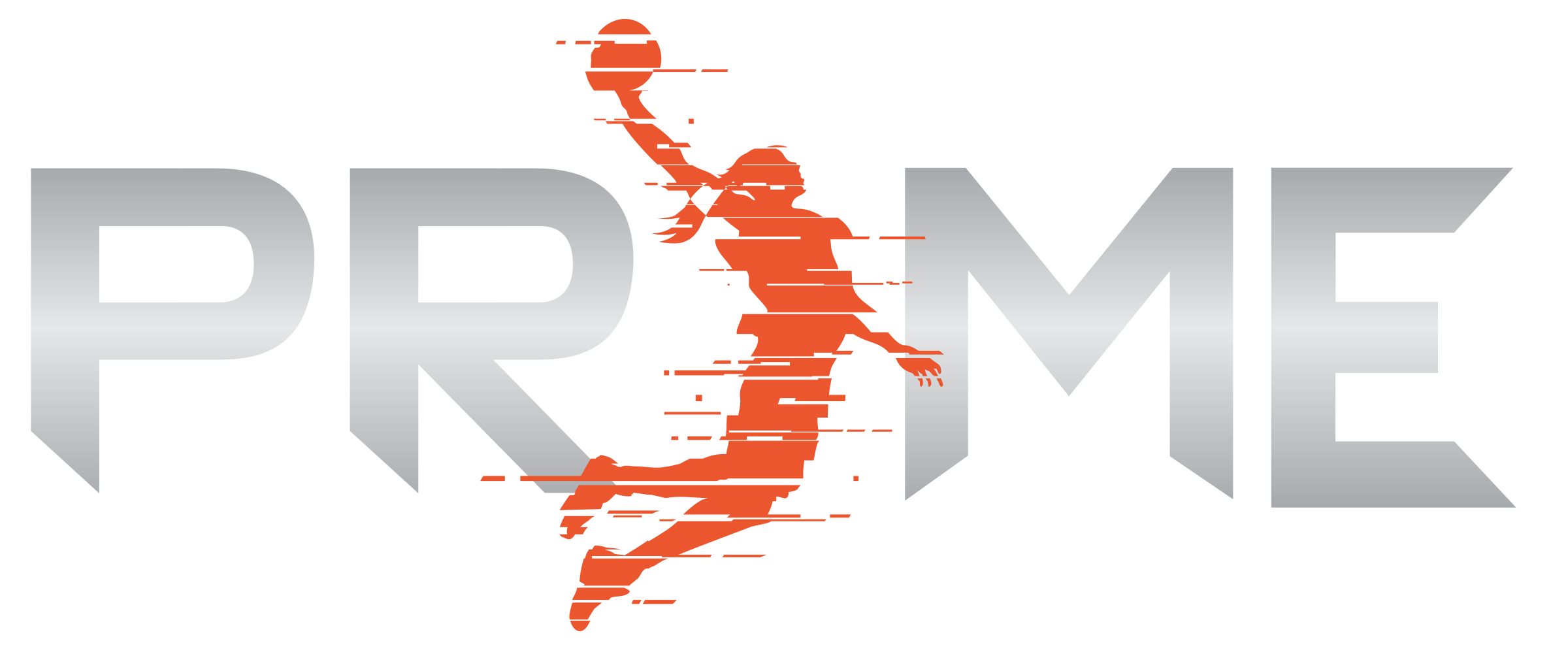For instance, when you sell a product, your cash account increases (i.e., you debit the assets account), and so does your revenue (i.e., you credit the revenue account). But the transaction also decreases your inventory (assets) and increases the cost of goods sold (expense) accounts. So, you must also credit the assets (inventory) and debit the expenses (COGS). Where it is easy to get confused when first learning debits and credits is learning the difference between cash and non-cash entries. Many items that hit the income statement (sales revenue and expenses) do not affect your cash flow.
t ledger Opening Balances
The number of debit and credit entries, however, may be different. Finally, the double-entry accounting method requires each journal entry to have at least one debit and one credit entry. The balance sheet can be used to assess a company’s financial health, identify trends over time, and compare its performance to that of its peers. For small businesses, the balance sheet can be particularly useful in understanding where they stand financially and making informed decisions about their future.
Post navigation
A balance sheet reports your firm’s assets, liabilities, and equity as of a specific date. The highlighted green on assets and expenses shows an increase in assets and expenses. Highlighted green on Liabilities, Capital, and net sales income show a decrease.
- As a result, debits and credits play an essential role in accounting by providing a way to track financial transactions and ensure that the books remain balanced.
- Reconciliation involves the matching of internal records with external data for consistency and accuracy.
- Revenue and expenses track your earnings and what you spend to earn those revenues.
- Finance and accounting experts with real-world experience write every articles.
- The debit section highlights how much you owe at closing, with credit covering the amount owed to you.
- Many items that hit the income statement (sales revenue and expenses) do not affect your cash flow.
- We must define the double-entry bookkeeping system to understand how credits and debits relate to this balance.
Debits and Credits Cheat Sheet: Your Guide to Mastering the Basics
Think of them as the “in” and “out” doors of your money flow. When you debit business accounts account, you’re essentially adding to it. But before you start thinking this is a walk in the park, hang tight – there’s more to the story. This preserves the balance in the accounting equation—assets and liabilities decrease, but equity remains the same. When you deposit money in your bank account you are increasing or debiting your Checking Account. When you write a check, you are decreasing or crediting your Checking Account.
t ledger example
Inthe above ledger illustration, the bank ledger has an opening balanceof $1,050.00. These balances are theclosing balances brought forward from the previous financial year. Note that this means the bond issuance makes no impact on equity. And good accounting software will highlight that problem by throwing up an error message. They let us buy things that we don’t have the immediate funds to purchase. You pay monthly fees, plus interest, on anything that you borrow.
- Immediately, you can add $1,000 to your cash account thanks to the investment.
- Track your income and expenses and instantly know your bottom line.
- For instance, an accounts receivable, general ledger will have subsidiary ledgers with information about the amount each customer owes.
- It provides insights into where funds come from (operating activities, investing activities, or financing activities) and how they were used.
- The total dollar amount posted to each debit account must always equal the total dollar amount of credits.
For that reason, we’re going to simplify things by digging into what debits and credits are in accounting terms. Accounting, the backbone of every business, goes beyond just crunching numbers. It is a systematic process that involves recording, analyzing, and interpreting financial information to provide insights into an organization’s financial health. Think of accounting as the language of business – it communicates the financial story behind every transaction. Regular reconciliation of accounts against bank statements and other external documents helps in the early detection of mistakes. Reconciliation involves the matching of internal records with external data for consistency and accuracy.
- In this simple example, receiving $1,000 in cash from a sale would mean that the Cash account is debited and Sales Revenue is credited.
- The liability account on a company’s balance sheet includes all of the money that the company owes.
- Debits are used to increase asset accounts or decrease liability or equity accounts.
- When you deposit money in your bank account you are increasing or debiting your Checking Account.
- Any business owner knows that financial statements are essential for understanding the health of their business.
Credits increase Equity Accounts.Debits debits and credits decrease Equity Accounts. Credits increase Liability Accounts.Debits decrease Liability Accounts. The deposit is something I purchased, so I’d have to go with the term deposit is an asset.
How to Record Debits and Credits
Financial statements play a vital role in summarizing all these transactions throughout a specific period. They provide crucial information about a company’s financial performance including its income statement, balance sheet, cash flow statement, etc. Now that we understand how debits and credits work along with various account types let’s delve into recording transactions. When a transaction occurs, it must be recorded using double-entry bookkeeping system where both sides need to balance out equally.
